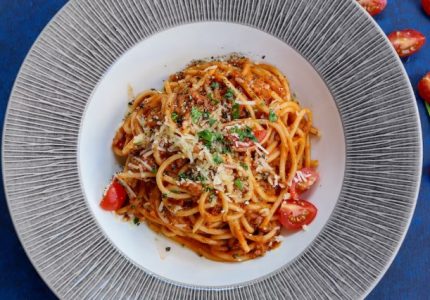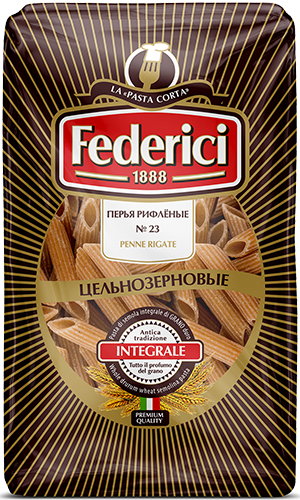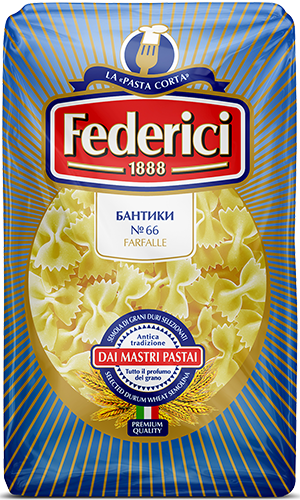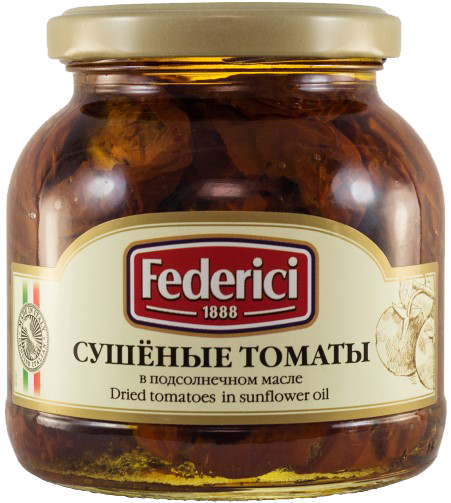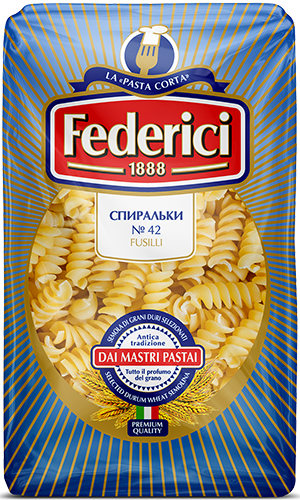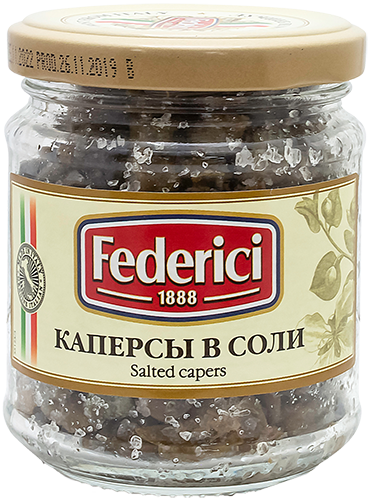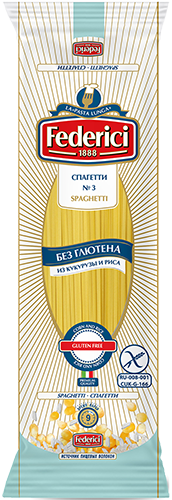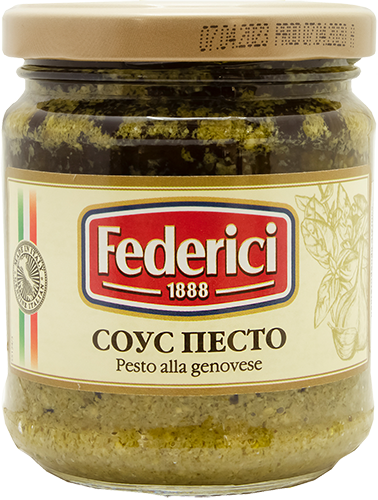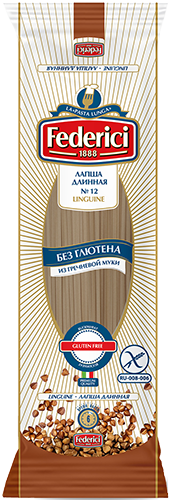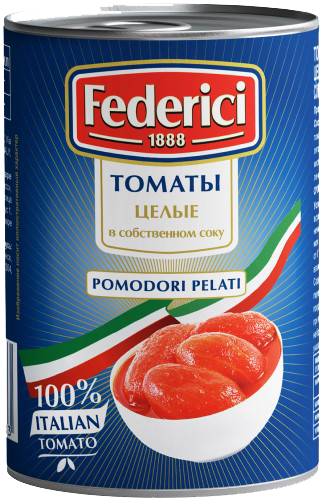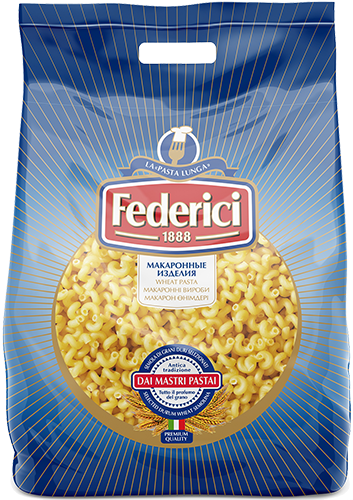


Pasta is one of the most popular dishes in the world, loved by both adults and children. But many don’t realize that there are so many different types of pasta, each with its own unique shape and culinary uses.
In this guide, you’ll learn about 30 different types of pasta, cooking ideas for them, and get helpful tips for achieving the perfect texture and flavor.
Discover fettuccine, penne, farfalle, rigatoni, and many other pasta varieties and diversify your diet with new ideas that will be a true discovery for you and your loved ones!
Pasta Guide: Types, Recipes, Tips
There’s a lot of debate about exactly how many types of pasta there are in the world. Some sources claim there are around 350; others say the number is closer to a staggering 600, with new ones constantly being invented. The latter is entirely plausible, given that each shape and presentation is deeply rooted in the region of Italy where it originated. But let’s focus on the 30 most popular types and explore them in more detail.
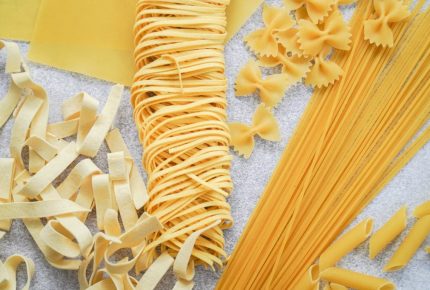
Spaghetti is probably the most popular and best-known type of pasta on this list, as well as one of the oldest. This long, cylindrical pasta is most often used for making pasta with sauce. Furthermore, depending on the region of origin, they can vary in diameter and name. For example, spaghettoni is thicker than classic spaghetti, while spaghettini is thinner.
Fettuccine is another well-known type of pasta, consisting of wide, flat ribbons typically paired with Bolognese or Alfredo sauces. They are ideal for creating heartier dishes. Like spaghetti, this pasta shape has subtypes that differ only in width: tagliatelle is narrower than fettuccine, while pappardelle is much wider.
Penne is a tube-shaped pasta with beveled edges, reminiscent of the tip of a fountain pen. Their shape allows them to hold sauce well, making them ideal for rich and succulent dishes.
Penne rigate is a type of penne pasta characterized by its ribbed surface. It gets its name from the combination of the words “penne” and “rigate,” meaning “ribbed.” Penne rigate are ideal for sautéing in sauce, as the ribbed outer surface catches and holds sauce well, adding a richer flavor.
Farfalle is one of the most popular types of short pasta, distinguished by its unique shape – rectangular pieces of dough pinched in the middle to resemble a bow tie. The name “farfalle” literally translates from Italian as “butterfly.”
Rigatoni is another type of tubular pasta with a ribbed surface. It is ideal for thick sauces like Bolognese or other meat sauces. It can also be used for baking or in salads with meat and vegetables.
Bucatini is a long, narrow pasta from the Lazio region of Italy, resembling spaghetti but with a hole. It has a pleasant, dense texture. The holes are usually created by pressing the pasta through traditional Italian bronze plates. A thicker version of this same shape, native to the Campania region and the island of Sicily, is called ziti.
Cavatappi is a type of thick, corkscrew-shaped pasta, whose name literally translates from Italian as “corkscrew.” They often have a ribbed exterior, making them ideal for dishes with thick sauces. They are also often used in casseroles and cold salads.
Orzo is a short pasta similar in shape and size to a grain of rice. The shape of orzo is always the same, but the color and flavor can be varied by adding different vegetables.
Cannelloni is a tubular pasta created around 1907 by Neapolitan chef Nicola Federico. Originally called strascinati, it was later renamed. Cannelloni are typically stuffed with meat, cheese or vegetables and then baked in tomato-based or cream-based sauces.
Lasagna is a type of pasta with its own subcategory of numerous flavorful dishes bearing the same name. The leading theory behind the name “lasagna” is that it derives from the Greek word “laganon,” which refers to a flat sheet of dough cut into strips.
Ravioli is a pasta dish made by sandwiching various fillings between two thin layers of dough. It is typically served boiled with sauce as a first course or in broth as a traditional winter dish.
Orecchiette is a pasta characterized by its shape, resembling small ears. This gives it a unique texture: soft in the center and slightly firm at the edges. Orecchiette pasta is typically served with tomato sauce, meatballs, cheese, or broccoli.
Fusilli is a long, spiral-shaped Italian pasta whose name literally translates from Italian as “little curls.” There are other varieties of fusilli, such as fusilli bucati, which are hollow tubes of pasta twisted like corkscrews, and fusilli lunghi, which are long, spiral-shaped pasta similar in length to spaghetti.
Conchiglie is a medium-sized Italian pasta shaped like shells. It comes in three sizes: small (conchigliette), which is ideal for soups, classic conchiglie, and large (conchiglioni), which is best for baking or stuffing.
Cavatelli, a pasta from Apulia, is elongated with a hole in the center made by pressing a finger into the center of each piece of dough. The resulting pasta resembles elongated shells or hot dog buns.
Trofi is a pasta from Liguria that dates back to the Crusades. They are traditionally made from durum wheat flour and water, rolling a tiny piece of dough onto a flat surface. The dough is then twisted to form its final shape. Trofi is typically served with pesto sauce, and it is believed that this pasta gets its name from the word ‘strufuggiâ’, meaning “to grate,” referring to the method of production.
Strozzapreti is another type of twisted pasta that has been produced for centuries throughout Italy, particularly in the regions of Tuscany, Marche, Umbria, and Emilia-Romagna. The name comes from the Italian word ‘strozzapreti’, meaning “priest’s collar,” referring to its twisted shape. This pasta pairs well with rich sauces, both vegetable and meat-based.
Fagottini is a type of Italian pasta made from dough balls or small pouches, often filled with various fillings such as ricotta cheese, vegetables, truffles, or ground meat.
Rotelle is a type of pasta distinguished by its unusual wheel-like shape, which is a favorite among children. The name literally means “little wheel.” It is a versatile pasta that can be paired with a variety of cream-based, vegetable-based, and meat- or seafood-based sauces.
Maltagliati is an unusual pasta made from leftover dough from tagliatelle or ravioli production. The name translates as “badly cut,” referring to the irregular shape of the flat pasta pieces.
Pasta Recipes
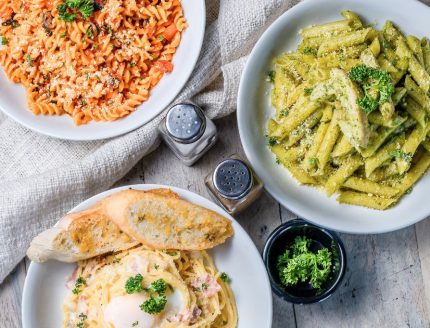
As we’ve written many times, pasta pairs beautifully with a variety of sauces and toppings, making it the perfect base for a wide variety of delicious dishes. Below are a few pasta recipes to help you master the various cooking methods.
But before we get into that, it’s important to remember a few simple rules for cooking pasta. First, always cook the pasta properly to ensure it’s “al dente”—that is, when it’s still slightly firm in the center.
Second, it’s recommended to use a large pot or ladle with plenty of salted water. Typically, one serving of pasta requires about one liter of water and one teaspoon of salt.
Once the water has come to a boil, add the pasta and cook, stirring occasionally, until it reaches the desired doneness. Then, drain it in a colander and let it cool slightly to stop the cooking process. After this, you can serve them as a separate dish or move on to the next step of preparing a pasta-based recipe.
Spaghetti Carbonara
This classic Italian recipe is the perfect choice for lovers of cheese sauces. To prepare it, you’ll need spaghetti, eggs, bacon, Parmesan cheese, salt, and pepper. First, cook the spaghetti according to the package instructions. Then, sauté the red onion and bacon in a pan with butter until golden brown. In a separate bowl, combine the eggs, grated Parmesan cheese, salt, and pepper. Combine all ingredients, stir, and heat over low heat until done.
Spaghetti Bolognese
Perhaps one of the most popular Italian dishes, it has won the hearts of gourmets around the world. This
traditional pasta with a tomato-based meat sauce. This dish is quite simple to prepare, and the result always delights and surprises with its pleasant flavor notes.
To make spaghetti Bolognese, you need to properly prepare all the ingredients. The base of spaghetti Bolognese is a meat sauce made from ground meat, tomatoes, and various spices. You can use ground beef or pork, or a combination of both.
Spaghetti Bolognese is perfect for a family dinner or entertaining. This dish is easy to prepare and will please even the most discerning palate.
Shrimp and Spinach Wings
This dish is an excellent choice for seafood lovers. To prepare it, you’ll need shrimp, spinach, butter, salt, and pepper. First, boil the wongs until tender, then fry the peeled shrimp in butter until golden brown. Add spinach, salt, and pepper to taste, and cook for another 5-7 minutes. Mix the wongs with the shrimp and spinach. Serve hot.
Pasta with Vermicelli and Zucchini
This pasta recipe is perfect for vegetable lovers. You’ll need vermicelli, zucchini, garlic, olive oil, salt, and pepper. First, cook the vermicelli according to package directions. Then, sauté the sliced zucchini and garlic in olive oil until golden brown. Add the cooked vermicelli to the pan, season with salt and pepper to taste, and toss to combine. Serve the pasta hot.
Pasta with Shrimp and Garlic
Pasta with shrimp and garlic is another classic Italian dish that has long been an integral part of Mediterranean cuisine. It features a delicate combination of flavorful shrimp and spicy garlic, creating a delicious and filling lunch or dinner.
To make pasta with shrimp and garlic, first cook spaghetti or any other type of pasta you prefer. Next, sauté the garlic and shrimp in a pan with butter until golden brown. Then add the spaghetti, cream, and salt and pepper to taste. Simmer for a couple more minutes over low heat until a thick sauce forms.
Serve the finished pasta with shrimp and garlic, sprinkled with fresh parsley and a sprinkling of Parmesan cheese. You can also add a squeeze of lemon juice for a brighter flavor. This dish also pairs perfectly with white wine and fresh vegetables.
Enjoy the variety of flavors and textures offered by different types of pasta!
Our products
Мы стремимся предложить Вам наилучший сервис при работе с нашим сайтом. Для этого мы собираем и храним информацию о Вашем посещении сайта. Так называемые cookies. Файлы cookies не собирают и не хранят никакую личную информацию о Вас. Используя этот сайт, Вы даете согласие на использование cookies. На данном этапе Вы можете отказаться от использования cookies, настроив необходимые параметры в своем браузере.
